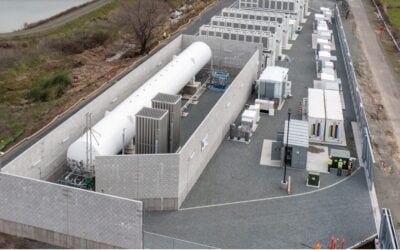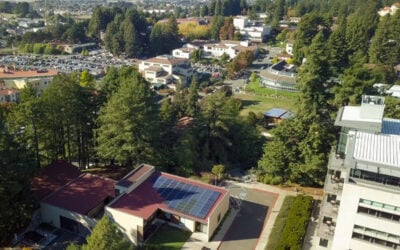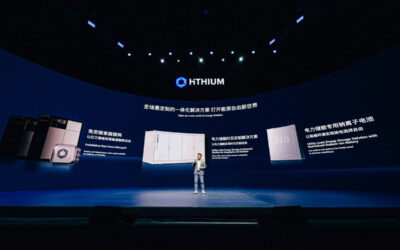Marcus Garvey Apartments in Brooklyn, New York. Image: wikimedia user: Jim Henderson.
A programme by utility Con Edison to reduce stress on the electrical grid at low cost to consumers in two districts of New York will get its first microgrid at a low-income housing complex.
Under the Brooklyn-Queens Neighbourhood Program, Con Edison is utilising technologies including demand response, where businesses and public organisations are incentivised to lower their energy use at times when demand is high. The programme will also see Green Charge install 13MWh of customer-sited energy storage which will be aggregated into a ‘virtual power plant’.
Enjoy 12 months of exclusive analysis
- Regular insight and analysis of the industry’s biggest developments
- In-depth interviews with the industry’s leading figures
- Annual digital subscription to the PV Tech Power journal
- Discounts on Solar Media’s portfolio of events, in-person and virtual
Or continue reading this article for free
Demand Energy, a deliverer of turnkey energy storage systems, said that it will design and deliver the lithium-ion battery storage portion of the microgrid, which will be built in the 625-unit Marcus Garvey Apartments in Brooklyn.
Non-profit finance group New York City Energy Efficiency Corporation (NYCEEC) will lend over US$1 million to Demand Energy in a 10-year project loan. NYCEEC said the project will pay for itself through the Con Edison programme, as well as through earning money from separate demand response and peak power shaving revenue streams. Demand Energy and the building’s owner, L+M Development Partners will share those revenues as well as savings on electricity costs.
The microgrid project will comprise a 300kW/1,200kWh lithium-ion battery system along with 400kW of solar PV and a 400kW fuel cell. It will be controlled by Demand Energy’s Distributed Energy Network Operating System (DEN.OS) and will allow the apartment complex to self-consume power generated onsite.
One key aspect of the project’s location at Marcus Garvey is the strain the local Brownsville substation is under, particularly in summer, with the microgrid expected to provide load relief. New York’s urban environment and ageing grid have long been highlighted as a ‘pinch point’ and the difficult and expensive modernisation of the grid and optimisation of distributed resources through the state’s NY REV (‘reforming the energy vision’) is underway.
Deferral of infrastructure investment, such as at substations, is something energy storage is capable of enabling, saving money and headaches for electricity system operators. The Brooklyn-Queens Neighbourhood Program itself is designed to save US$1.2 billion, the cost of a new substation.






